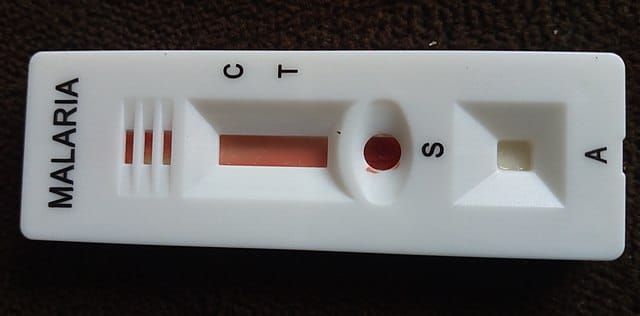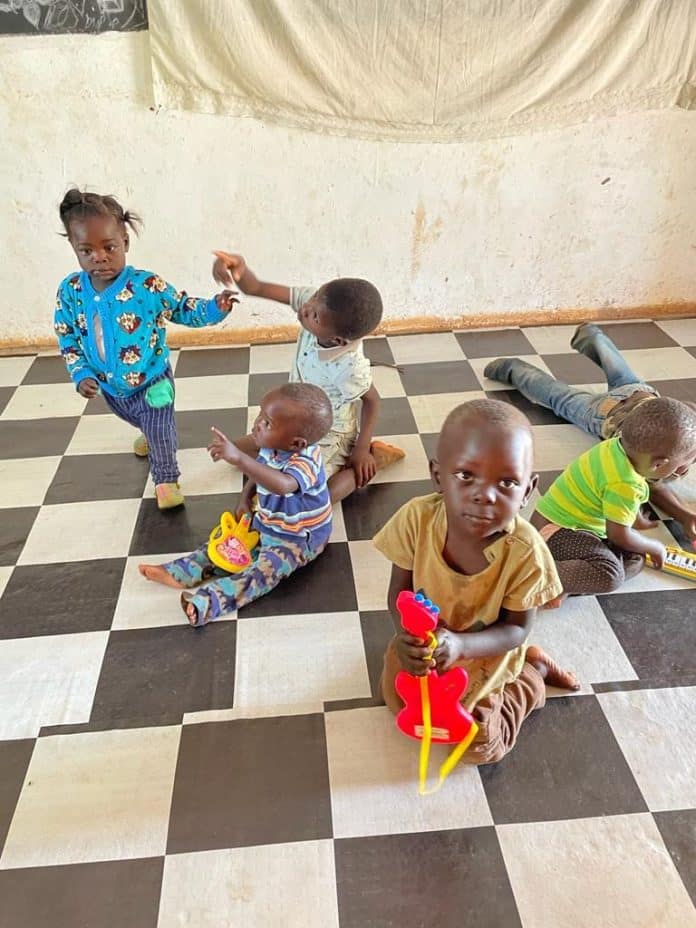619 000 people die annually from malaria. Over 95% of malaria cases and deaths from the disease are in Africa. Malaria slows economic growth and development and perpetuates a vicious cycle of poverty. 25 April is World Malaria Day.
247 million new cases of malaria were recorded in 2021.
Ólafur Halldórsson has caught malaria four times in only one year. The Icelander, who for the past five years has run an orphanage in Kenya, says that the first time was the worst. “I was brought to a local hospital and treated with chloroquine. I was unconscious for a week and suffered horrible side-effects and was virtually blind and deaf when I woke up.”

He was transferred to a more sophisticated hospital in a dire condition and survived.
“Since then, I have caught it three more times, but I know the symptoms and I have drugs in stock. Only three pills are needed and you are good,” says Halldórsson.
“It is so sad that this disease kills people in the hundreds of thousands because it is easily curable. And sadly, many of those who die are children.”
Children under 5 accounted for about 80% of all malaria deaths in the African Region of WHO, the World Health Organization.
One of the targets of the Global Goals

The fight against malaria is one of the targets in the Global Goals for Sustainable Development (or Sustainable Development Goals). The objective is to reduce mortality rates by at least 90% and eliminate malaria in at least 35 countries by 2030 and to prevent a resurgence of malaria in all countries that are malaria-free.
The impact of malaria is not only felt in terms of the human suffering and death it causes, but also by the significant economic cost and burden – to families, households and national economies.
“Malaria and poverty are intimately connected. As both a root cause and a consequence of poverty, malaria is most intractable for the poorest countries and communities in the world that face a vicious cycle of poverty and ill health”, according to the Earth Institute of the University of Colombia.
For a few dollars

“The necessary drugs cost a few dollars or euros but the local people cannot afford it,” Halldórsson explains.
“They simply are too poor or they live in remote areas where there are no hospitals or doctors.”
Malaria is a life-threatening disease spread to humans by some types of mosquitoes. It is mostly found in tropical countries. It is preventable and curable.
Despite recent setbacks in malaria control, the global burden of malaria has been reduced over the last 2 decades thanks to investments in research and development. Rapid diagnostic tests, insecticide-treated nets and therapies have been the backbone of the malaria response since 2000. Continued investment in the development and deployment of next-generation tools will be key to achieving the 2030 global malaria targets.
New hope

A number of malaria vaccines are currently in development. Many of them target the malaria parasite before it enters the human liver where it can quickly multiply.
WHO already recommends broad use of the RTS,S/AS01 malaria vaccine among children living in the regions with moderate to high malaria transmissions. In addition, new diagnostics are on the way and there are several promising developments in the field of antimalarial medicines.
World Malaria Day 2023 is marked under the theme “Time to deliver zero malaria: invest, innovate, implement”.






